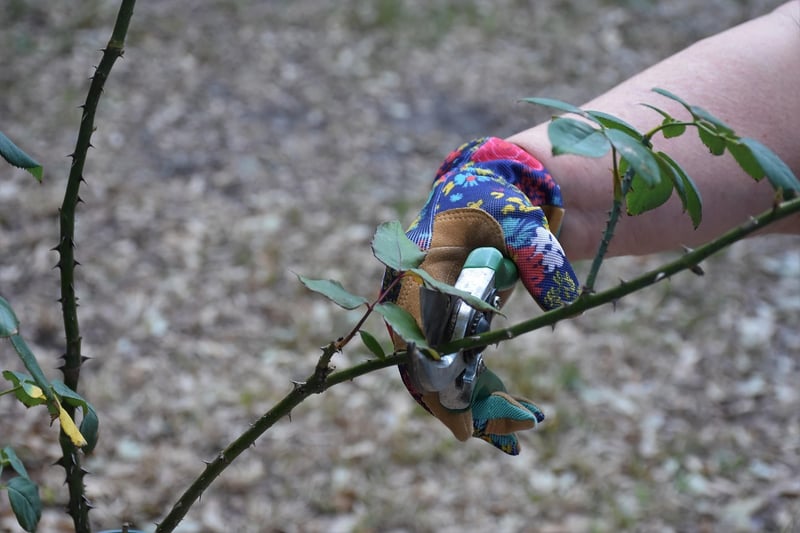Pruning Techniques
Maintaining Healthy Plants: Essential Pruning Techniques
Proper pruning is a crucial aspect of plant care that not only enhances the aesthetic appeal of your garden but also promotes the overall health and vitality of your plants. By understanding the basics of pruning techniques, you can ensure your plants thrive and flourish year-round.
Why Pruning is Important
Pruning helps plants by:
- Removing dead or diseased branches to prevent the spread of infection
- Encouraging new growth and improving plant shape
- Increasing air circulation and sunlight exposure, leading to better photosynthesis
- Enhancing fruit production in fruit-bearing plants
Essential Pruning Techniques
1. Deadheading
Deadheading involves removing spent flowers to stimulate the growth of new blooms. This technique is commonly used for flowering plants such as roses, petunias, and marigolds.
2. Thinning
Thinning is the process of selectively removing branches to improve air circulation and reduce overcrowding. It helps prevent diseases and promotes healthy growth.
3. Heading Back
Heading back entails cutting back a portion of a branch to promote branching and denser growth. This technique is useful for shaping hedges and shrubs.
4. Rejuvenation Pruning
Rejuvenation pruning involves cutting back the entire plant to stimulate new growth. This technique is ideal for overgrown or neglected plants that need a fresh start.
Conclusion
By incorporating these essential pruning techniques into your plant care routine, you can ensure that your garden remains healthy, vibrant, and visually appealing. Remember to use sharp, clean tools and follow proper pruning practices to maximize the benefits for your plants.

Keep your plants happy and healthy with regular pruning!
